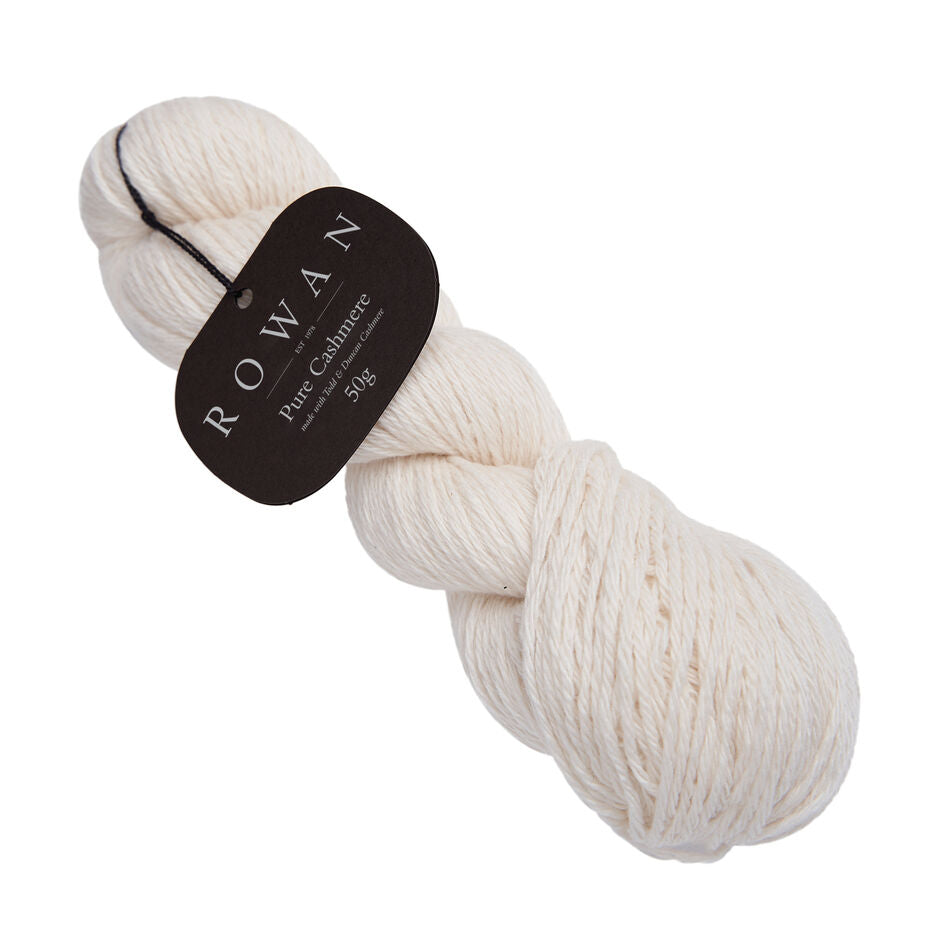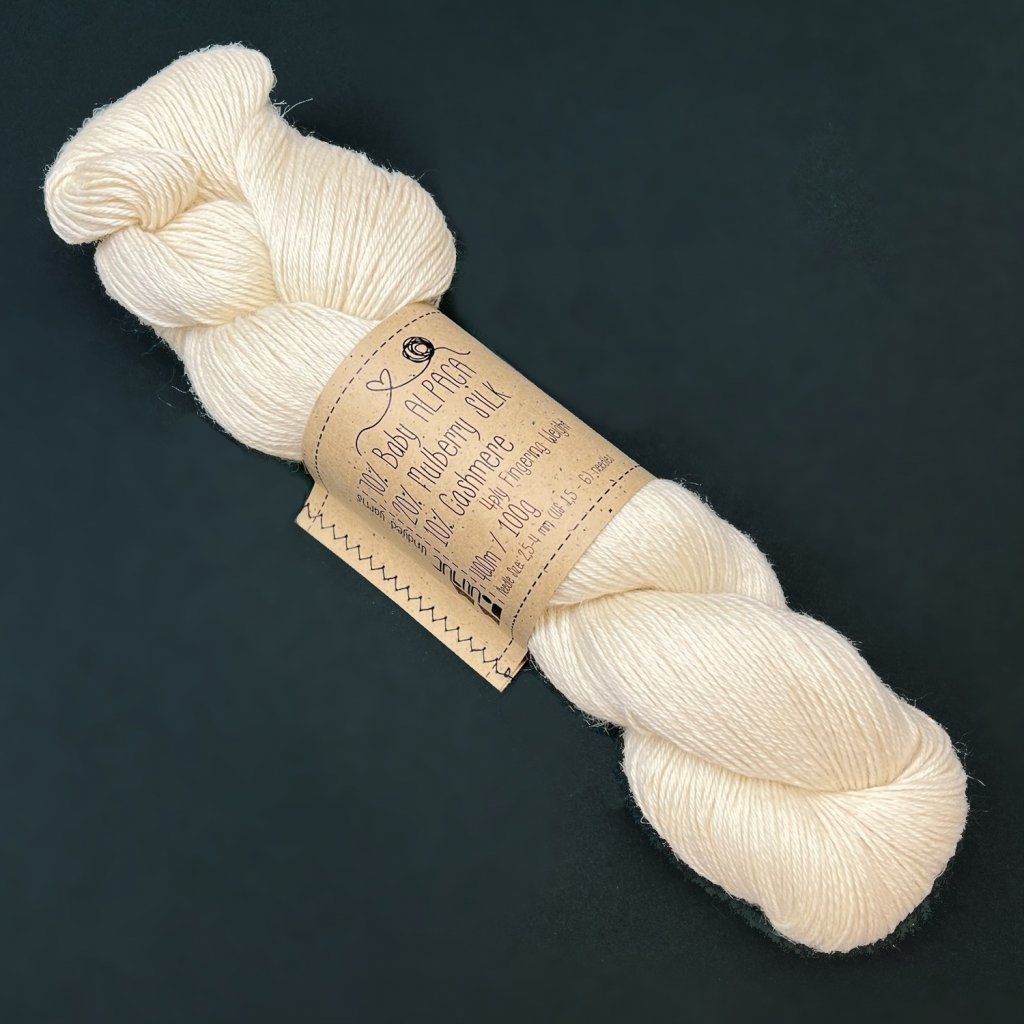Exploring the History of cashmere and Its Role in Current Fashion
Exploring the History of cashmere and Its Role in Current Fashion
Blog Article
Discover the Attraction of Cashmere an All-natural Fiber: Why It's a Must-Have in Your Closet
The allure of cashmere, a deluxe natural fiber, transcends mere appearances. From reviewing its intriguing beginning to understanding its manufacturing procedure, treatment, and top quality, it's worth exploring why cashmere holds such a special area in the globe of fabrics.

The Beginning and History of Cashmere: A Brief Summary
While numerous may watch cashmere as a straightforward deluxe, its background is steeped in rich social practice. Originating from the Kashmir region in India, cashmere woollen has actually been produced for hundreds of years. The fiber is gotten from the soft undercoat of cashmere goats, gathered during their molting period. As a priceless product, it was traded along the Silk Road, coming to be extremely valued in Europe in the 18th century. The name 'cashmere' is an old English derivation of Kashmir. Despite its international appeal, the majority of cashmere production still stays in Asia, specifically China and Mongolia. This historic journey highlights the social value of cashmere, changing it from a local specialized to a global high-end.
Recognizing the Special Qualities of Cashmere Fiber
While various other products might put on down over time, cashmere keeps its top quality, making certain durable wear. Cashmere has an one-of-a-kind visual allure. Comprehending these buildings makes clear why cashmere is not just a high-end, however a beneficial investment for any type of wardrobe.

The Process of Making Cashmere: From Goat to Garment
To appreciate the luxurious homes of cashmere completely, one need to comprehend its journey from the raw fiber to the finished item. The process begins with the cashmere goats, mostly located in Mongolia, China, and Iran. The pure cashmere is then colored, rotated right into thread, and ultimately weaved or woven into the desired garments.

Decoding the Top Quality and Cost: Why Is Cashmere so Expensive?
Cashmere originates from the great undercoat of the cashmere goat, with each goat generating a simple 150 grams every year. The processing of raw cashmere calls for both time and expertise, with the fibers requiring to be meticulously arranged, washed, and spun. These variables incorporated make cashmere a pricy yet extremely popular commodity in the globe of fashion.
Cashmere in vogue: The Convenience and Classic Charm
In spite of its high rate, the timeless charm and versatility of cashmere have actually solidified its place in the realm of style. The functional nature of cashmere permits for its this link combination into both laid-back and official attire, representing its look what i found wide charm. As trends come and go, cashmere continues to be a continuous, its attraction undiminished, proceeding to shape the style and motivate market's landscape.
Taking Care Of Your Cashmere: Upkeep and Preservation Tips
Guaranteeing the long life of cashmere garments needs particular care and attention. These prized ownerships must not be tossed right into the cleaning maker with normal laundry. Instead, hand washing with mild, pH-neutral soap in warm water is recommended. After washing, they need to not be wrung out. Instead, they need to be carefully pressed in between towels to absorb excess water, then laid flat to completely dry. Normal cleaning with a cashmere comb can prevent pilling. Storing these things in a trendy, completely dry location, ideally in a breathable bag, can shield them from moths and humidity (is cashmere a natural fiber). A periodic airing outside, other far from straight sunshine, can rejuvenate the fibers. With these upkeep and conservation suggestions, one can guarantee their cashmere remains luxuriously soft and sturdy.
Final Thought
Cashmere, with its unequaled soft qualities and warmth, supplies both luxury and toughness. Discover the allure of cashmere and raise your fashion repertoire.

Report this page